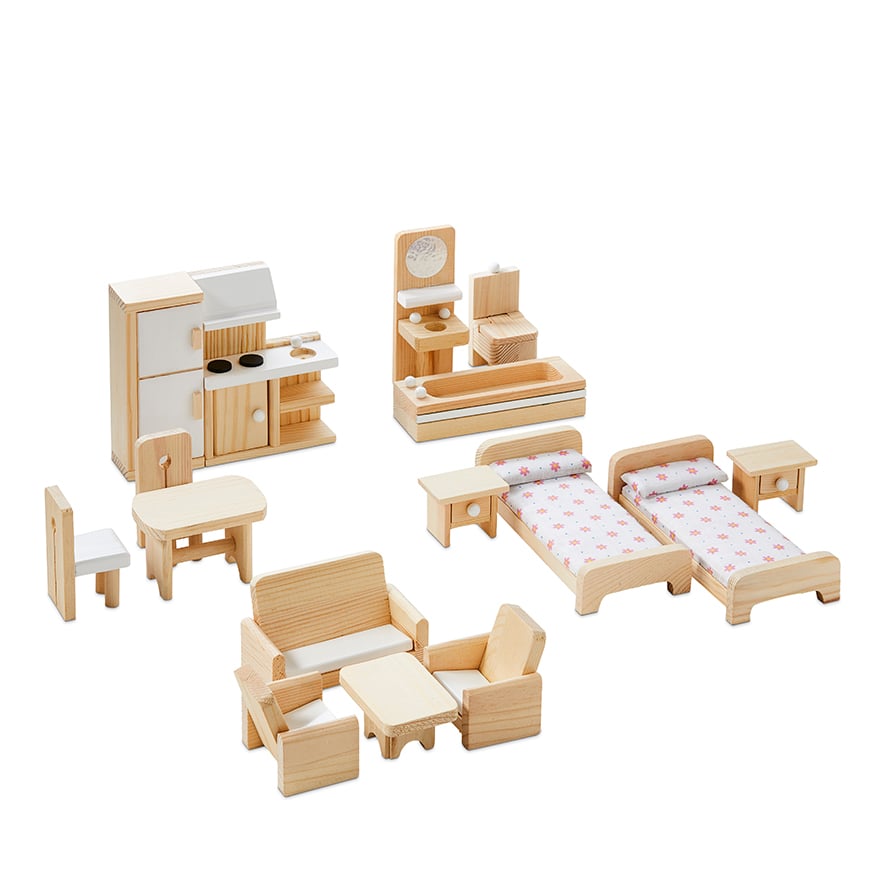
Mastering the Art of Storing and Caring for Firewood
Discover the essential steps to properly store and care for firewood, ensuring it remains dry, seasoned, and ready for efficient and enjoyable use. Follow these expert tips to become adept at managing your firewood, enhancing both its longevity and performance.
Store and Care for Firewood Yourself: Visit mimimises.org for detailed guides on the proper storage and care of firewood.
Selecting the Right Firewood
Identifying Suitable Wood Types
Different wood types have distinct burning characteristics. Hardwoods like oak and maple burn longer and produce more heat, making them ideal choices for sustained warmth. Softwoods like pine ignite quickly, making them suitable for kindling. A mix of hardwoods and softwoods provides a balanced and efficient burning experience.
Choosing Well-Seasoned Wood
Well-seasoned firewood is crucial for efficient burning and reduced smoke. Seasoned wood has been properly dried, reducing its moisture content. Ensure the wood has been seasoned for at least six months to a year before use. Seasoning can be accelerated by stacking wood in a dry, well-ventilated area.
Establishing a Proper Storage Area
Elevating Wood from the Ground
To prevent moisture absorption and discourage pests, store firewood off the ground. Use pallets or a raised platform to create airflow underneath the woodpile. Elevating the wood reduces the risk of mold growth and ensures the bottom layers remain dry and ready for burning.
Creating a Covered Storage Space
Shielding firewood from rain and snow is vital for maintaining its dryness. Build or designate a covered storage area, such as a woodshed or a roofed structure, to protect the woodpile from the elements. This sheltered space preserves the quality of the firewood and extends its lifespan.
Arranging Firewood for Optimal Drying
Implementing a Proper Stacking Technique
Stacking firewood properly enhances airflow and accelerates the drying process. Create rows or stacks with gaps between the wood to allow air circulation. Avoid tight packing, as this can trap moisture. The goal is to create an organized and well-ventilated woodpile.
Orienting Wood for Sun Exposure
If possible, orient the woodpile so that it receives sunlight. Sun exposure aids in drying the firewood and minimizing moisture retention. Positioning the woodpile to receive sunlight, especially during the day’s warmer hours, contributes to the overall seasoning process.
Protecting Firewood from the Elements
Covering the Top of the Woodpile
While allowing for side ventilation, cover the top of the woodpile with a tarp or firewood cover. This protects the wood from rain and snow, preventing it from becoming waterlogged. Ensure the cover extends slightly beyond the edges of the woodpile for added protection.
Using Waterproofing Sealants
Consider applying waterproofing sealants to the ends of cut firewood. The ends are more susceptible to moisture absorption. Waterproofing sealants, like paraffin wax or commercial wood sealers, create a barrier that helps repel water, preserving the quality of the firewood.
Monitoring Firewood Moisture Content
Regularly Checking Moisture Levels
Regularly check the moisture content of your firewood to ensure it remains within the optimal range of 15-20%. Use a moisture meter to measure the wood’s moisture levels. Damp or green wood indicates the need for additional seasoning before use.
Adjusting Storage Methods as Needed
If you observe higher moisture levels, adjust your storage methods accordingly. Increase ventilation, reposition the woodpile for better sunlight exposure, or use a dehumidifier in the storage area. Monitoring and adjusting storage conditions help maintain well-seasoned firewood.
Safeguarding Against Pests
Avoiding Direct Contact with Soil
Pests, such as termites, are attracted to wood that comes into direct contact with the soil. Elevate the woodpile and use a barrier, such as gravel or a metal sheet, between the wood and the ground. This preventive measure deters pests from infesting your firewood.
Inspecting Wood Regularly
Perform regular inspections of your firewood for signs of pests or infestations. Look for boreholes, sawdust, or insect activity. If you notice any issues, address them promptly to prevent the spread of pests and protect the quality of your firewood.
Conclusion: Enjoying Efficient and Clean Burning
By mastering the art of storing and caring for firewood, you ensure a steady supply of dry and seasoned wood for your fireplace or wood-burning stove. Properly managed firewood not only enhances the efficiency of your fires but also contributes to a cleaner and more enjoyable burning experience.
For comprehensive guidance on Store and Care for Firewood Yourself, visit mimimises.org.









